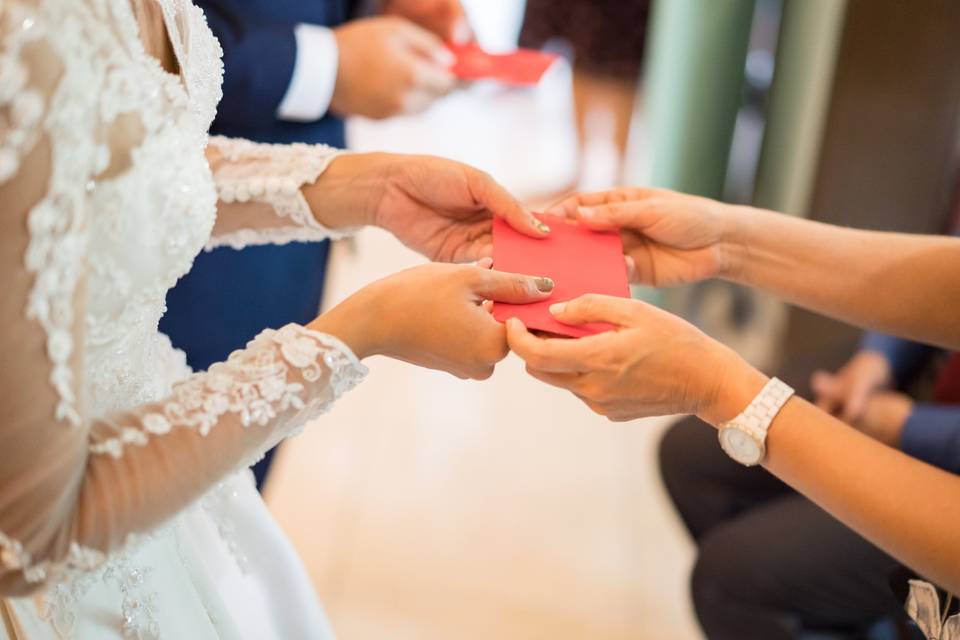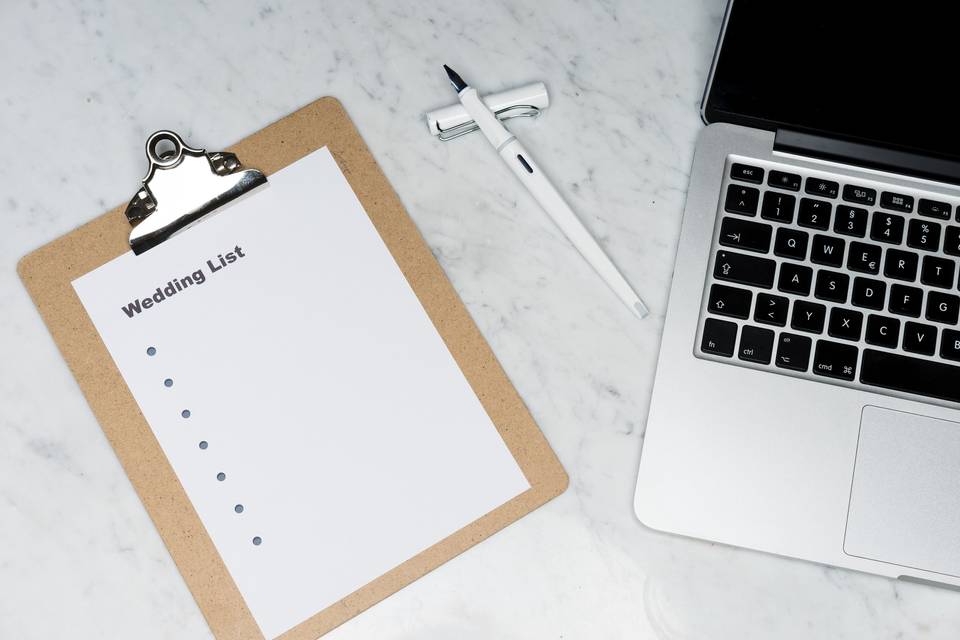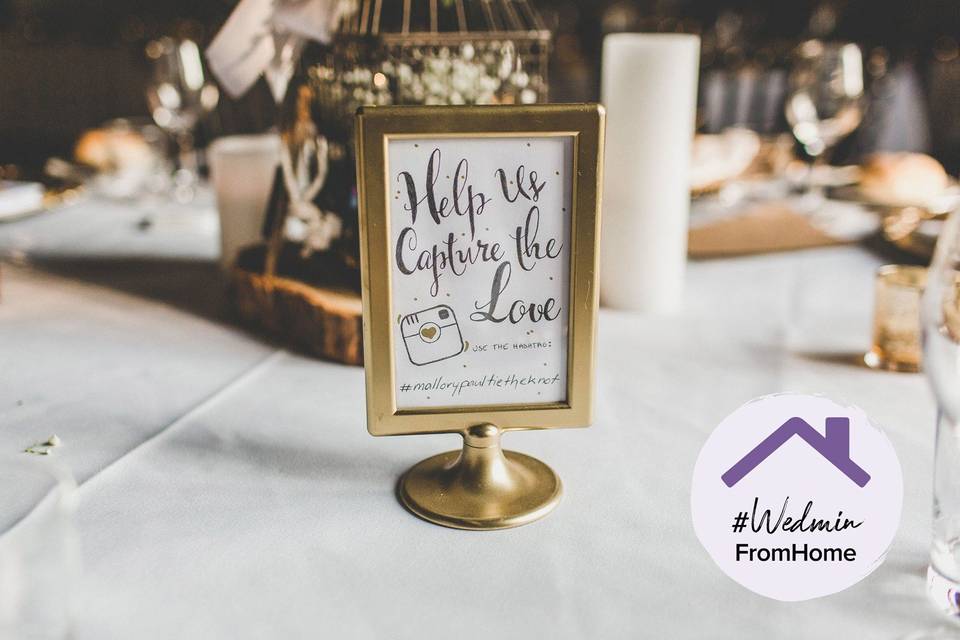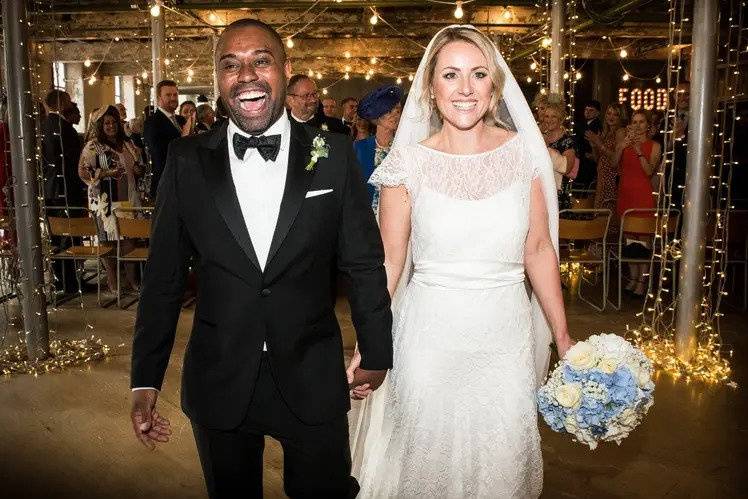Marriage Tax Allowance: What Is It & Are You Eligible for It?
Did you know that married couples or those in a civil partnership could be entitled to a £1,260 tax break?


Did you know that married couples or those in a civil partnership could be entitled to a £1,260 tax break? This is due to the marriage tax allowance; however, around one million eligible UK couples still haven’t claimed for it.
Marriage tax allowance allows a couple to transfer some of their personal tax allowance between them, according to Martin Lewis of Money Saving Expert. This then means that more of one partner's income falls under the definition of non-taxable income.
Here’s exactly what the marriage tax allowance is, how much you could claim and whether you are eligible.
What is the Marriage Tax Allowance?
The marriage tax allowance launched on the 6th April 2015. It’s a tax break for couples who are married or in a civil partnership where one partner is a non-taxpayer and the other pays tax at the basic 20% rate. A non-taxpayer is someone who earns less than the minimum taxable salary of £12,570, and a basic taxpayer is someone who earns £50,270 or less (or £43,662 if you live in Scotland).
READ MORE: How to Change Your Name After Marriage
How Much is the Marriage Tax Allowance?
The non-taxpayer is able to transfer 10% of their personal allowance (the £12,570 you can earn tax-free per year) to their partner. That means that an extra £1,260 of their partner’s income for the 2022/2023 tax year is now tax-free, which works out as an an extra £252 in your bank account.
Can I Claim Marriage Tax Allowance?

There are specific requirements you have to meet to be eligible.
- You are married or in a civil partnership (you can’t just be cohabiting)
- One of you is a non-taxpayer who earns less than the Personal Allowance of £12,570. Your partner needs to be a basic rate taxpayer, earning between £12,570 and £50,270
- You were born after 6 April 1935 (if you weren’t, you can claim for the Married Couple’s Allowance)
You can claim even if your partner has passed away since 5 April 2018, and the other criteria apply.
READ MORE: Your Complete Guide to Wedding Thank You Cards
How Does Marriage Tax Allowance Work?
The non-taxpaying partner must apply to transfer their personal allowance. It’s very simple and can be done via a form on the HMRC website. You’ll need both your National Insurance numbers and a form of ID, like a passport or driving license.
If you receive other income from dividends of savings, or either one of you is a Scottish taxpayer, you’ll need to call the Income Tax Helpline on 0300 200 3300 - this is the number to call if you have any problems filling the form in online too (check with your provider for charges related to calls to this number).
You’ll automatically receive the marriage tax allowance if you applied last year so you don’t need to worry if you've done it already. However, if your circumstances change, you should inform HMRC.
Holly Mackay, CEO of Boring Money and Founder of Visible!, summarises: "It’s basically a legitimate way to shuffle the money deckchairs around so that – as a couple – the total sum of tax you pay will be reduced. It’s a no brainer for any couple where one earns less than the personal allowance threshold of £12,570 – and the other one is a basic rate taxpayer."
Jessica Middleton, founder of MPA UK, gives a clear example: "Say you earn £9800 per year. You have £2,470 of personal tax free allowance that’s not being used. With marriage tax allowance, you are allowed to transfer £1260 of this to your partner so they can earn this amount extra each year without paying tax.
"You can only transfer £1260 in the year. No more. No less."
Can I Backdate Marriage Tax Allowance?
Yes, you can backdate marriage tax allowance. Brean Horne, personal finance expert at NerdWallet UK, says "Claims from couples that meet the necessary criteria can be backdated up to four years as long as they have been married or in their civil partnership for that length of time.
"Couples are still able to claim to transfer the personal allowance from as far back as 2018/19 and subsequent tax years, even if they didn’t do so at the time. In order to claim the 2018/19 allowance amount, couples have until April 5th 2023 to submit their proof to the GOV.UK website."
Combined with this year’s allowance, you could be due a £1,242 rebate.
The amounts for each year are worth up to :
- 2022/23 – £252
- 2021/22 – £252
- 2020/21 – £250
- 2019/20 – £250
- 2018/19 – £238
Note that you can’t claim for any year where you didn’t meet the necessary eligibility criteria, i.e. where you earned over the personal allowance for that year or your partner paid tax at a higher rate.
READ MORE: How to Handle Post-Wedding Blues
What Will Happen After We Apply?

This year’s marriage tax allowance will then automatically be taken off your tax bill. Any money due from previous years will be automatically sent to you by cheque.
Remember that you don't have to apply for marriage tax allowance every year. Your personal allowance will be automatically transferred to your partner until either a) the marriage is cancelled or b) you inform HMRC that your circumstances have changed, e.g. earning a higher salary.
For more information, speak to HMRC or visit their website.
This is only one part of your post-wedding admin - see our post wedding to-do list here for more tasks to tick off!








